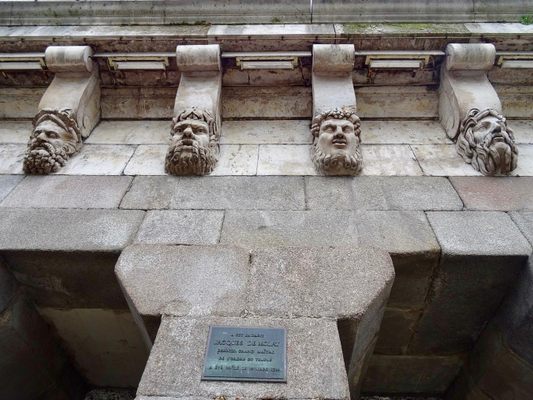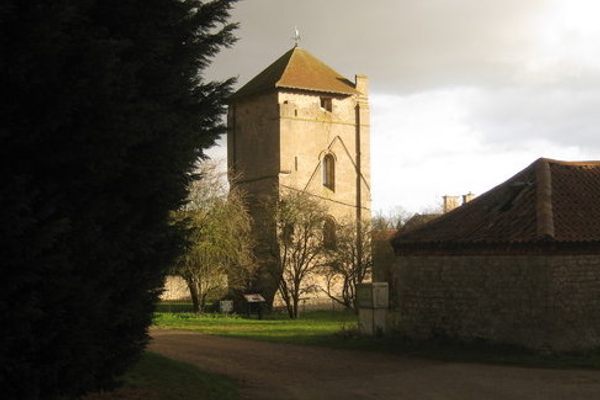About
On March 18, 1314, Jacques de Molay was burnt at the stake near this site on Ile de Cite in the middle of the Seine in Paris. Up to the moment of his untimely demise, he was the last Grand Master of the Knights Templar, a powerful religious organization established during the Crusades.
The Knights Templar had amassed a great deal of wealth and influence and thus became targets of retribution, both by the ruling classes of France led by King Philip IV and the Catholic Church headed by Pope Clement V.
Trumped-up charges of sodomy and blasphemy were brought against the religious order, and Molay and several other Knights were arrested and made to confess to these crimes. They were most likely tortured by Inquisitors hired by the pope. The French king himself had borrowed a great sum of money from the Knights Templar and saw this as an opportunity to confiscate the massive amount of wealth and land they possessed. Each man had a reason to find the incarcerated parties guilty, and thus the Knights were doomed to fail.
Continuing to protest his innocence even while on the smoldering pyre, Molay is said to have shouted out a curse on both the king and pope. He reputedly swore that neither men nor their descendants would live beyond one year and one day from this injustice. And, it is true that both Pope Clement V and King Philip IV died within a year of the execution, though it would take another 14 years to wipe out the lineage of the king.
Some believe that the superstition of Friday the 13th being bad luck began with the arrest of Jacques de Molay and other Knights Templar. It has been suggested that because they were apprehended on this fateful date, ill fortune soon followed and thus created the myth of ominosity. (Though history suggests that the fear of bad luck on that particular day existed before the 14th century.)
Related Tags
Know Before You Go
Located behind the Statue of Henri IV riding a horse, on Pont Neuf Bridge. There are two sets of stairs, both will lead you down to Square du Vert Galant. There are several plaques, in French, telling you the story of Jacques de Molay. There are stories that he was burnt in front of Notre Dame, but he did indeed meet his demise on Ile de Cite.
Published
August 13, 2019











































